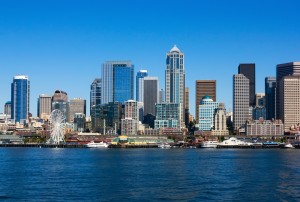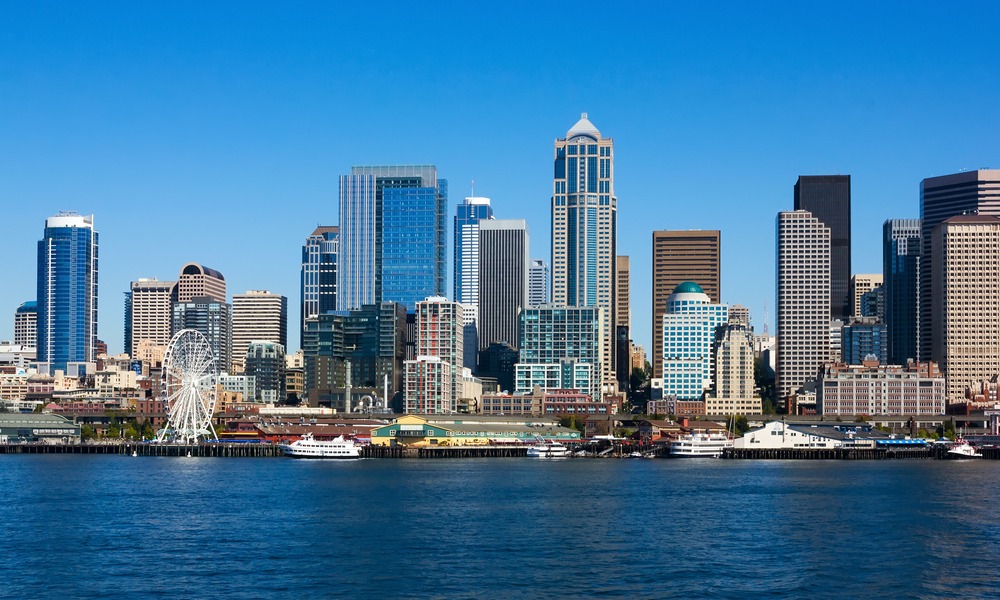I am sure many of you have already heard of carbon footprint, global warming and climate change. Many scientists concluded that carbon emissions are the main source of global warming. If we don’t want to destroy our planet we need to cut the amount of carbon we produce to the atmosphere. The developing world became one of the major manufacturers in the world. The success of China and India also comes with a price. These countries are the major producers of carbon emissions in the world. At the same time, countries like the USA are also accountable for pollution and carbon emissions. Even the most progressive countries in the world have no clear plan and no efficient strategy to lower their carbon emissions.
Possible Solutions

How can big cities and countries reduce their emissions without destroying their economic performance?
Green Building initiatives like Urban Green Council of NYC conclude that it is still possible to reduce the city’s emissions by at least 80% by 2050. Sounds almost impossible? The solution for the existing alarming situation is rather simple: cities and houses should switch to renewable sources of energy. Sealed windows and doors would securely keep the air indoors in the winter and the summer. These simple measures will reduce the greenhouse-gas emissions.
Triple-Pane Windows
Let’s have a look at NYC. The buildings there are the major producers of carbon emissions – I bet you thought that cars are the main pollutants. Buildings with inefficient ventilation and unsealed windows are the biggest obstacles. The city should start considering houses and buildings as infrastructure and apply stricter rules to their maintenance and the levers of carbon emissions. It will definitely require some major shift in public perception, yet it is still possible.
First of all, the aging steam heat systems are no longer efficient. That’s why they needed to be replaced by electric heat pumps or mini-split pumps for smaller buildings. This is not the cheapest solution, however it has a potential to save a lot of money in the long run.
Energy conservation is on top of the list. Windows that are unable to trap the warm air in the winter and the cool air during the summer are more harmful for the environment than you think. Insulation and plugging are the two simple solutions for this problem. Soon enough all the houses will have triple-glazed windows that are extremely effective at air/temperature conservation.
Alternative Energy
Alternative sources of energy are not just trendy and fashionable: solar and wind power can potentially save our planet and reduce the carbon footprint. According to experts from Common Ground, sustainable technology became so affordable and widely available that almost any household can now install a solar panel on the rooftop and enjoy using the green energy.
Cities and countries should create various initiatives for people to use more green technologies at home. The change will come with a slow mindset shift. If people start using green technologies at home, they will push for a change at work.
Even if all these solutions will be in place, cities would still need to work on their carbon emissions from cars and public busses. Transportation sector should also convert to electric cars.

